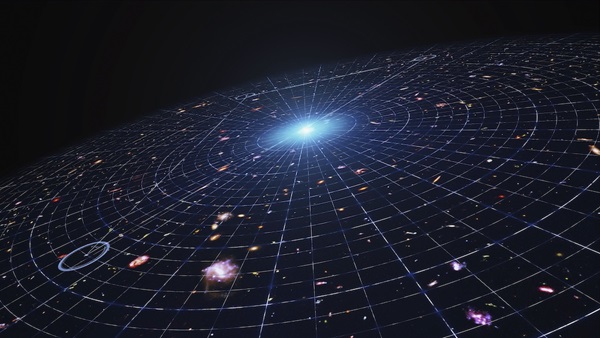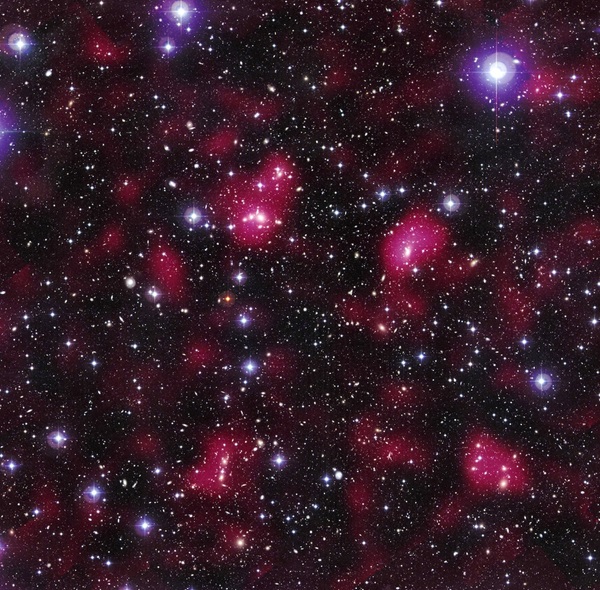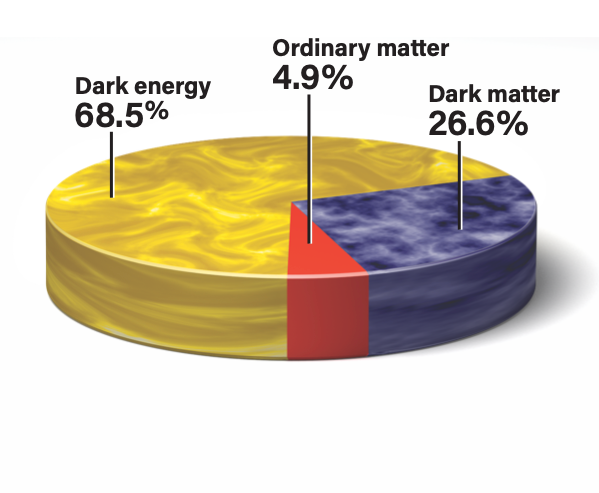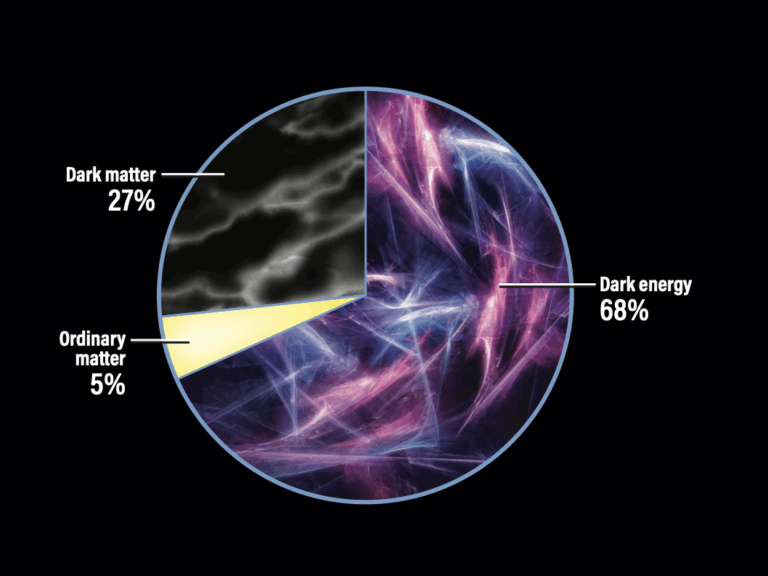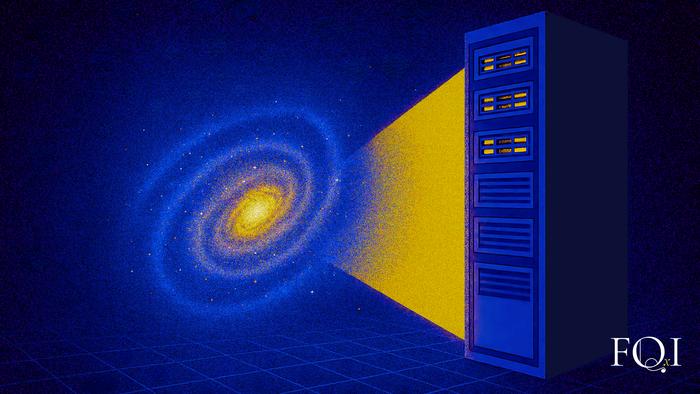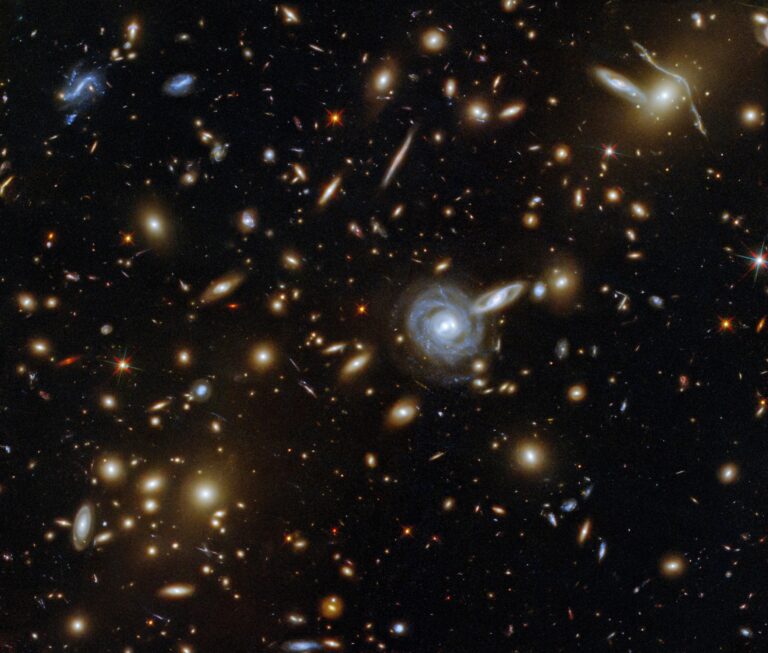Key Takeaways:
- In the late 1990s, independent research teams discovered that the expansion of the universe is accelerating, rather than decelerating, based on observations of distant Type Ia supernovae acting as standard candles.
- This unexpected acceleration led to the postulation of an unknown repulsive force, termed dark energy, which constitutes approximately 69% of the universe's total mass-energy density.
- The discovery, recognized by the 2011 Nobel Prize in Physics, contradicted prior expectations for cosmic deceleration and revived concepts such as Einstein's cosmological constant.
- The inferred dominance of dark energy dictates a future cosmic scenario where galaxies beyond the Local Group will recede beyond observability, resulting in a cold, isolated universe.
This story comes from our special January 2021 issue, “The Beginning and the End of the Universe.” Click here to purchase the full issue.
For almost a century, astronomers have known that the universe is expanding. Space-time is stretching itself out over billions of light-years, carrying the galaxies within it apart, like raisins embedded within a rising loaf of bread. This steady expansion, pitted against the cosmos’ urge to collapse under its own gravity, means there are two main scenarios for how the universe will eventually end. These scenarios are dubbed the Big Crunch — where gravity overcomes expansion and the Big Bang occurs in reverse — and the Big Freeze — where gravity loses out to the expansion and all matter is isolated by unfathomable distances. (See “The Big Crunch vs. the Big Freeze,” page 50.)
For a while, researchers believed the universe’s fate was leaning toward the final scenario. But, in the late 1990s, astronomers discovered something unexpected that changed our understanding of the future of the universe: The most distant galaxies weren’t just moving away from us. They were accelerating.
A cosmological puzzle
This phenomenon was independently discovered by two teams of astronomers who were measuring distant supernovae to calculate the precise rate at which the universe was expanding, expecting to find it slowing down. Three of these scientists — Saul Perlmutter, Adam Riess, and Brian Schmidt — shared the 2011 Nobel Prize in Physics for their discovery.
The award-winning observations came from a survey of distant type Ia supernovae. Astronomers believe these explosions are triggered when a white dwarf — the dense remnant of a Sun-like star — accretes matter that pushes it over a physical mass limit. That limit is the same for all white dwarfs, making all type Ia supernovae the same true brightness. This property made these supernovae ideal standard distance markers, or standard candles, in the mid-1990s.
The two teams were actually looking back into time for the onset of cosmic deceleration: They were looking for the point in time at which gravity gained the upper hand over the cosmos’ rapid acceleration after the Big Bang. This moment would mark a turnaround, as gravity finally started to slow the rate at which galaxies and clusters of galaxies are pulled away from one another by the expansion of the universe.
Since scientists know the true brightness of the standard candles, they could anticipate how bright these distant supernovae would be if expansion was slowing down. But instead, they found the observed type Ia supernovae were 25 percent fainter than expected, proving that the universe’s expansion isn’t slowing down, but instead is speeding up.
By the end of 1998, both teams had submitted papers detailing their findings to academic journals. Perlmutter’s team published its paper in The Astrophysical Journal and Riess and Schmidt’s team published in The Astronomical Journal.
The conclusion of both: A large percent of the universe is made up of something previously undiscovered and unexpected. And this so-called dark energy is overpowering gravity and pushing space-time apart from within.
A lot of missing pieces
The composition of the universe is surprisingly tricky to pin down. Besides dark energy, space is also filled with an invisible form of matter known as dark matter. Astronomers now know that normal, visible matter makes up just 5 percent of the universe, while enigmatic dark matter and dark energy constitute 26 percent and 69 percent, respectively. In other words, astronomers don’t really understand what about 95 percent of the universe is really made of.
And even decades after their discovery, scientists still know shockingly little about the “dark” forces that rule our universe. “Understanding and measuring dark matter and dark energy is hard,” says Riess. “Imagine bumping around in a dark room, occasionally touching an elephant, having never seen one, and [trying to understand] what it is, what it looks like.”
But the dark room is the size of the universe and instead of touching the elephant, astronomers can only see the effects it has on other objects. Astronomers can see that dark matter gravitationally interacts with visible matter, so they suspect it to be made up of one or more unknown particles. Dark energy could be a fifth fundamental force of the universe. (The known four are: the weak force, the strong force, gravity, and electromagnetism.) But its exact properties are still a mystery, especially since dark energy seems to have randomly turned itself on. Riess says the most recent measurements show that dark energy really kicked off this acceleration about 5 billion to 6 billion years ago, and it’s been the dominant force ever since.
The simplest explanation for dark energy is that it is the intrinsic energy of space itself. Albert Einstein initially introduced such a concept to allow for a flat universe when laying out his theory of relativity. Einstein’s so-called cosmological constant is a repulsive force that counteracts the attractive force of gravity to allow for a universe that neither collapses nor expands. But, in the end, Einstein dismissed his concept after Edwin Hubble observed the universe expanding. The Nobel-winning supernovae work in the 1990s resurrected the cosmological constant and related it to dark energy.
What lies ahead
To ultimately resolve this dark energy puzzle, Riess says scientists will need more than just measurements. The world’s best theoretical physicists have tried to work out a grand unified theory of physics that fully explains all aspects of the universe. But so far, gravity and quantum physics don’t seem to mesh, despite the fact that theorists believe their unification is essential to any theory that will also explain dark energy.
One thing scientists have been able to figure out, however, is the profound impact dark energy will have on the universe in the distant future.
If the contribution of dark energy grows as the universe ages, the universe will expand progressively faster over time. Other galaxies beyond our Local Group — which will have merged into a single giant galaxy nicknamed Milkomeda — will eventually be whisked out to such great distances that any far-future occupants of our solar system wouldn’t be able to view them.
In fact, Alexei Filippenko, an astronomer at University of California, Berkeley, who has worked with both teams that discovered dark energy, says, “If all records are lost, future civilizations might not ever know about other galaxies.” For them, he says, “[The universe] will be a cold, dark, lonely place.”

